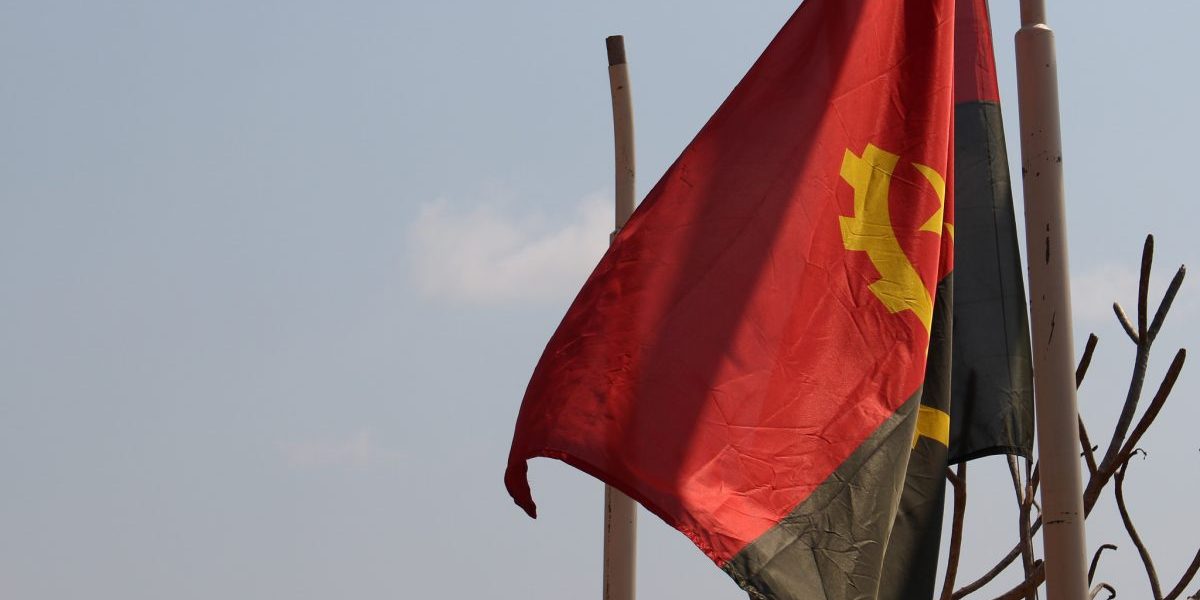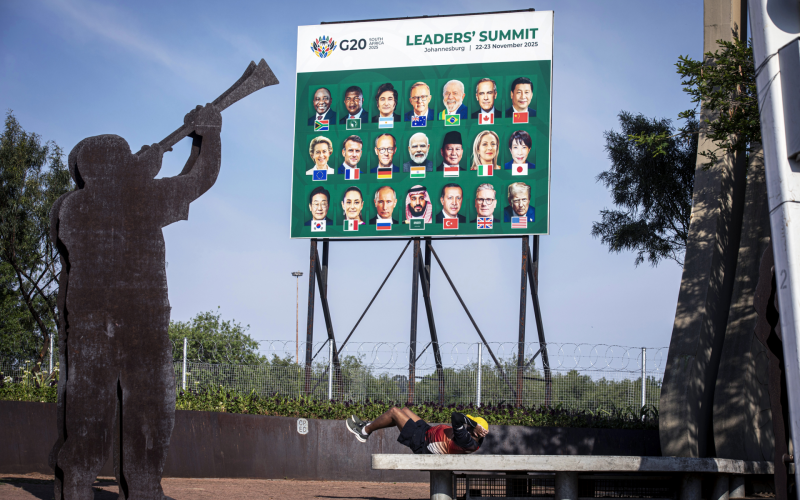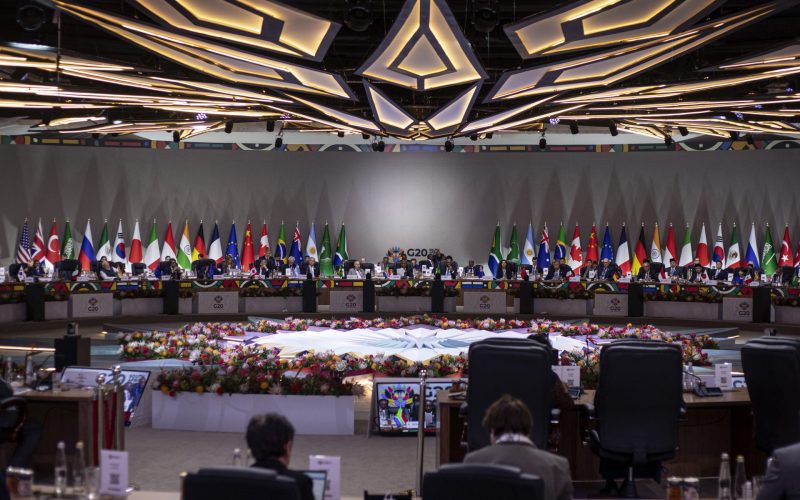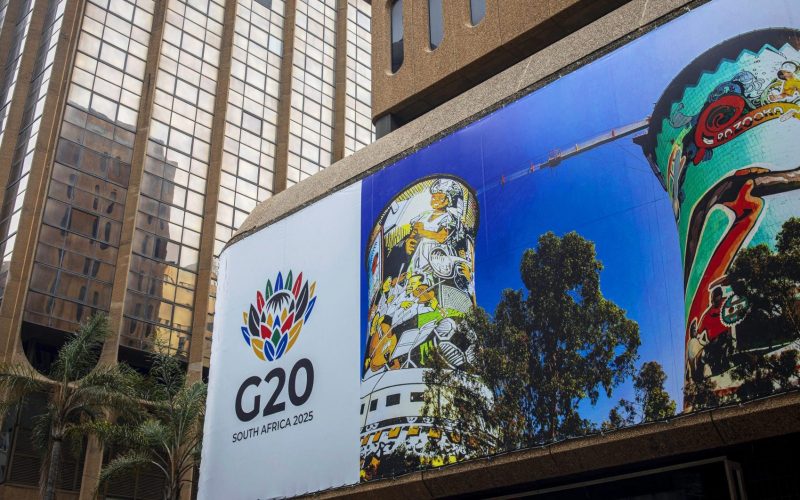That was the assault on the Togo national football team bus as it travelled through the country’s province of Cabinda on the way to the 2010 Africa Cup of Nations tournament.
The attacks threatened to pour rain on Angola’s Nation’s Cup parade, but the country has moved on.
In place of a dilapidated arrivals hall at the airport stands a modern, air-conditioned structure, complemented by restaurants and cafes.
Luanda’s skyline is dotted with construction cranes to erect modern high-rise buildings.
In Luanda South, the beneficiaries of Angola’s oil boom dock their yachts at the Yacht Club and escape to their exclusive islands, far from the old parts of Luanda that are scarred by dusty reminders of war-time decay.
Angola’s rise brings out the good, the bad and the ugly of its recent burst onto the international scene.
The good is that the country has progressed from 27 years of civil war to enjoy an oil-fuelled growth rate of 15% a year over the past eight years, making it one of Africa’s richest countries.
The bad is that speculators suggest Angola’s oil output could plateau in the next five years, which would place greater pressure on it to diversify its economy to lessen the impact on GDP.
The ugly is that Angola’s population remains largely illiterate and poor. The country’s President Eduardo Dos Santos, whohas been in power since 1979, has estimated that the majority of the population lives on less than $2 a day.
It is difficult to say how many – a census has not been conducted since 1970.
To maximise the good and remedy the bad and the ugly, Angola has looked largely to the emerging economic powerhouses of Brazil and China. But where are the South Africans?
In its forecast for Africa this year, US-based intelligence think-tank Stratfor predicted a Cold War between South Africa and Angola. Much of the language in the Stratfor briefing is steeped in hyperbole, but it would also be naïve to pretend that there are no nationalist-driven rivalries between both countries.
Angola has long felt unacknowledged by South Africa for the support it provided to the ANC since 1975, though Zuma’s visit as ANC president in 2008 aimed to improve relations. Conscious of these tensions, Zuma’s first official state visit was not to London or Washington, but to Luanda in August last year. While Zuma’s strategic move ought to be commended, the action taken by both state and non-state actors in South Africa since the visit is puzzling.
For a country that has been prioritised in South Africa’s bilateral relations, Angola has received scant media and scholarly attention in South Africa. Shortly after Zuma’s visit last year, South Africa’s ambassador was recalled to Pretoria. Some diplomats predict that it won’t be until the end of this year that a new ambassador is finally appointed. Equally baffling is that South Africa has not had a trade representative in Angola since the end of 2008.
Angola’s economic rise has given it an emboldened sense of nationalism. Angolans are contemplating the potential political and economic role that they can play in the Southern African Development Community. Attempts to find common ground on issues of regional peace and security, as well as economic cooperation, require representation at the highest levels as both states have yet to define areas of commonality that go beyond their liberation history.
With a tightly controlled state media and a barely existent culture of engaging state policy, greater opportunities exist for South Africans to open up dialogue with Angolans.
If South Africa sees a number of political and economic justifications for elevating Angola, then the requisite financial and human resources have to be dedicated to tearing down the fences that still stand between these two countries.
After all, good fences do not always make for good neighbours.








